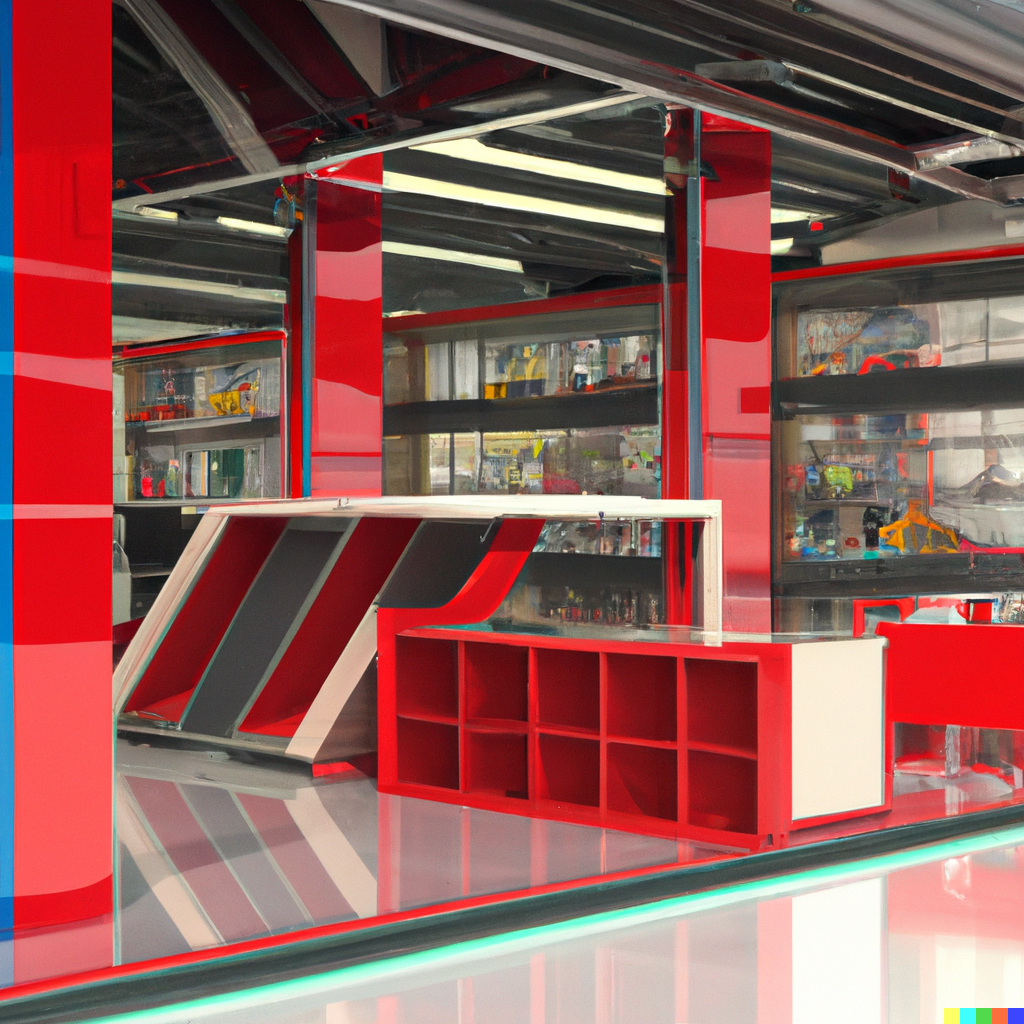August 20 | Retail Technology RetailTech

The retail industry has always been at the forefront of innovation, adapting to shifts in consumer behavior and technological advancements. As we navigate the digital age, Retail Technology (RetailTech) has emerged as a critical driver of change, transforming how retailers operate, engage with customers, and deliver value. This blog explores the key trends and innovations in RetailTech, offering insights into how these technologies are shaping the future of retail.
Omnichannel retailing is no longer a buzzword but a necessity in the modern retail landscape. Retailers are leveraging technology to create a seamless shopping experience across physical stores, e-commerce platforms, mobile apps, and social media. This integration allows customers to interact with brands on multiple channels, ensuring consistency in messaging, pricing, and service.
For instance, a customer might discover a product on social media, purchase it through an e-commerce platform, and choose to pick it up at a nearby store. RetailTech solutions like Customer Relationship Management (CRM) systems and integrated Point of Sale (POS) systems enable retailers to track customer interactions across all channels, providing a personalized experience that drives customer loyalty and increases sales.
Artificial Intelligence (AI) and Machine Learning (ML) are revolutionizing the retail sector by enabling personalized shopping experiences and predictive analytics. Retailers are using AI to analyze vast amounts of customer data, including browsing history, purchase behavior, and social media activity, to deliver tailored product recommendations and targeted marketing campaigns.
Machine learning algorithms also help retailers optimize inventory management by predicting demand trends, reducing stockouts, and minimizing excess inventory. This not only enhances the customer experience but also improves operational efficiency, leading to cost savings and increased profitability.
Augmented Reality (AR) and Virtual Reality (VR) are transforming how customers interact with products, both online and in-store. AR enables customers to visualize products in their real-world environment, whether it's trying on virtual clothes or seeing how a piece of furniture fits in their living room. This immersive experience helps reduce the uncertainty that often accompanies online shopping, leading to higher conversion rates and lower return rates.
In physical stores, VR can create engaging and interactive experiences that draw customers in. For example, retailers can use VR to create virtual showrooms or immersive brand experiences that captivate customers and encourage them to spend more time in-store.
The Internet of Things (IoT) is enabling the creation of "smart stores," where connected devices work together to enhance the shopping experience and streamline operations. IoT-enabled devices, such as smart shelves, sensors, and beacons, provide real-time data on inventory levels, customer foot traffic, and product interactions.
Smart shelves, for instance, can automatically alert staff when a product is running low, ensuring shelves are always stocked and reducing the likelihood of lost sales. Beacons can send personalized offers to customers' smartphones as they navigate the store, creating a more engaging and tailored shopping experience.
As mobile devices become central to our daily lives, mobile payments and digital wallets are gaining traction in the retail sector. RetailTech solutions like Apple Pay, Google Wallet, and various mobile banking apps are making it easier and more secure for customers to make purchases, both online and in-store.
Mobile payments offer a convenient and contactless way for customers to pay, which has become especially important in the wake of the COVID-19 pandemic. Additionally, digital wallets often come with built-in security features, such as biometric authentication and tokenization, which protect customers' financial information and reduce the risk of fraud.
Efficient supply chain management is crucial for retail success, and RetailTech is playing a significant role in optimizing this aspect of the business. Advanced analytics, AI, and blockchain technology are being used to create more transparent, responsive, and resilient supply chains.
AI-driven demand forecasting helps retailers anticipate customer needs and adjust their supply chain operations accordingly. Blockchain technology, on the other hand, enhances transparency and traceability, allowing retailers to monitor the movement of goods from suppliers to store shelves. This level of visibility not only improves inventory management but also ensures compliance with ethical sourcing and sustainability practices.
In the competitive retail landscape, customer experience is a key differentiator. RetailTech is empowering retailers to go beyond the transaction and focus on building long-term relationships with customers. Tools like chatbots, AI-driven customer service platforms, and personalized loyalty programs are helping retailers engage with customers in meaningful ways.
For example, AI-powered chatbots can provide instant support to customers, answering questions, resolving issues, and even guiding them through the purchasing process. Personalized loyalty programs, driven by data analytics, offer rewards and incentives that resonate with individual customers, encouraging repeat business and fostering brand loyalty.
As consumers become more conscious of environmental and social issues, retailers are turning to technology to support sustainability and ethical practices. RetailTech solutions are enabling retailers to track the environmental impact of their products, from sourcing to disposal, and communicate this information to consumers.
For example, some retailers are using blockchain to verify the ethical sourcing of materials, ensuring that products are produced in a socially responsible manner. Others are leveraging AI to optimize energy usage in stores and reduce waste, contributing to more sustainable operations.
RetailTech is reshaping the retail landscape, offering innovative solutions that enhance the shopping experience, improve operational efficiency, and drive business growth. As technology continues to evolve, retailers must stay ahead of the curve by adopting and integrating these advancements into their strategies. The future of retail lies in the hands of those who can harness the power of RetailTech to meet the ever-changing demands of consumers and create a truly omnichannel, personalized, and sustainable shopping experience.
By embracing RetailTech, retailers can not only survive but thrive in the digital age, building stronger connections with customers and securing their place in the future of retail.
SHARE THIS:
© Copyright 2025Global Tech AwardsAll Rights Reserved